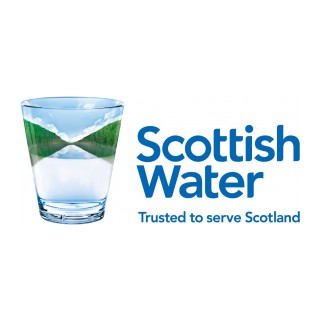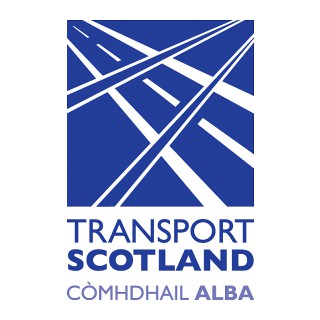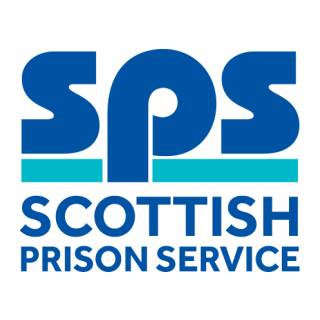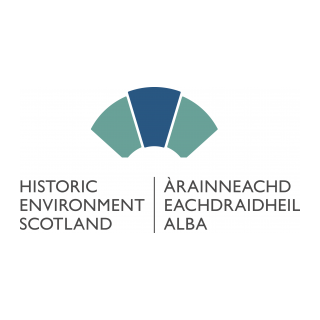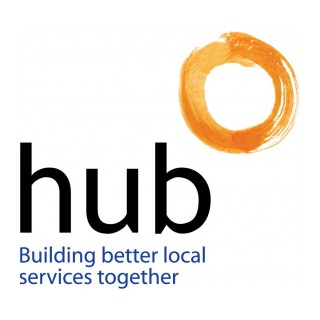During this stage there is a clear focus on a preferred design option used to support the Outline or Full Business Case. The models for the preferred design will be dimensionally correct and deliver the required outcomes set out within the brief. This model can be used for initial analysis and any early contractor engagement on programme and construction methodology.
During this stage, the Concept Design and associated Project Information Model (PIM) are progressed until the design is coordinated across the various design disciplines. This process may require a number of model reviews and clash detections involving federated modelling and collaborative workshops. Each task team must take ownership of their own Work in Progress (WIP) information and model(s) before issuing to the Shared part of the CDE. It is essential that all drawings and data be created from the native files and not be created as a parallel 2D process. This will support the management of data as revisions are made and support the opportunities to collaborate with the design information.
PAS1192-2 notes that at the design stage the objects shall be represented in 3D with the specification attached. The Level of Detail (LOD) should as a minimum represent the space allocation for the product’s access space for maintenance, installation and replacement space in addition to its operational space.
It is important that the Task Information Delivery Plan (TIDP) and Master Information Delivery Plan (MIDP) are followed to manage the delivery of information during this key stage of the PIM development. Consideration should be given to regular Model audits and or QA checking during this stage.
The models are usually developed to a stage where they can help facilitate estimating and agreement of a first stage target price. The models will at this stage be usually limited to generic systems, objects and assemblies which detail performance and outline specification.
The primary geometry and co-ordination is usually agreed and frozen by this stage and the models aligned with the agreed procurement strategy and work package structure.
For further information in relation to this stage, please refer to the Defintion Stage Video. For next steps within this stage, please refer to the Definition Stage Checklist and associated tasks listed on this page.

